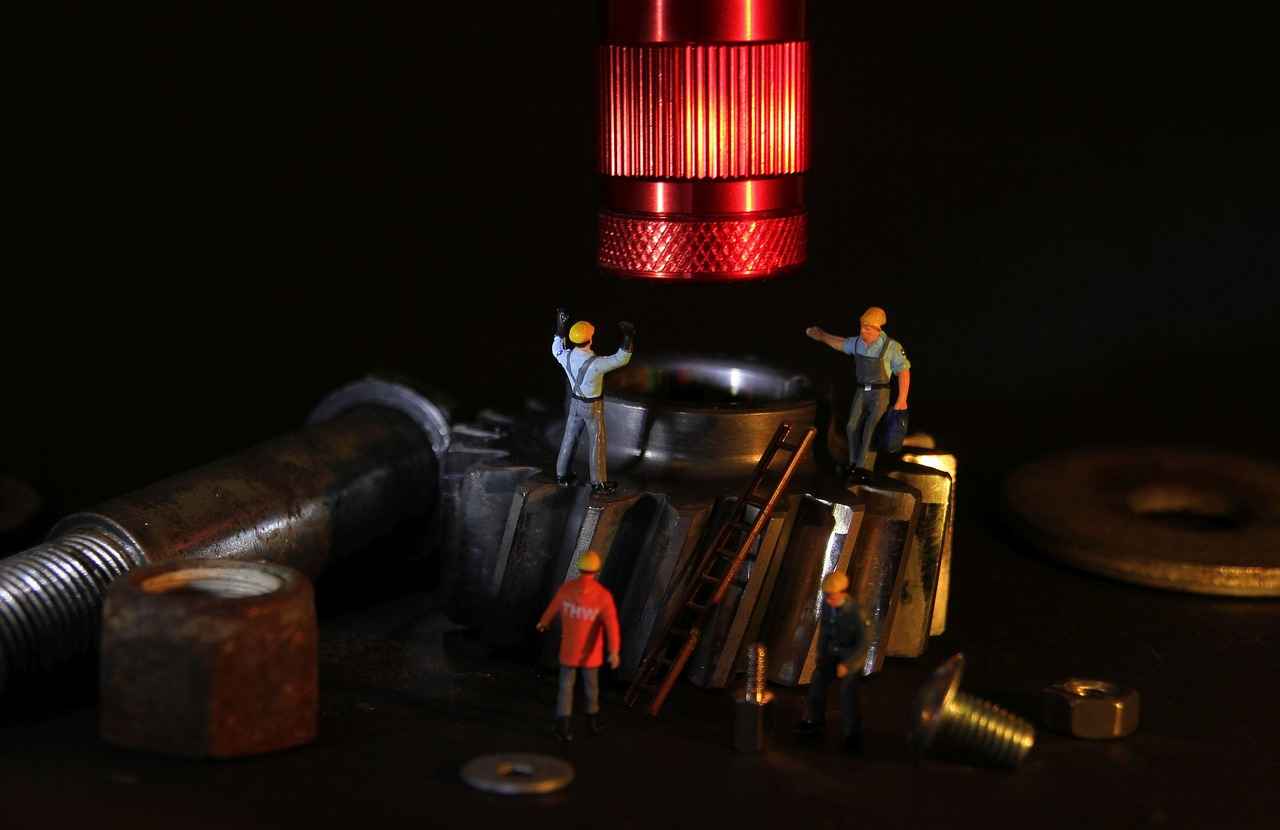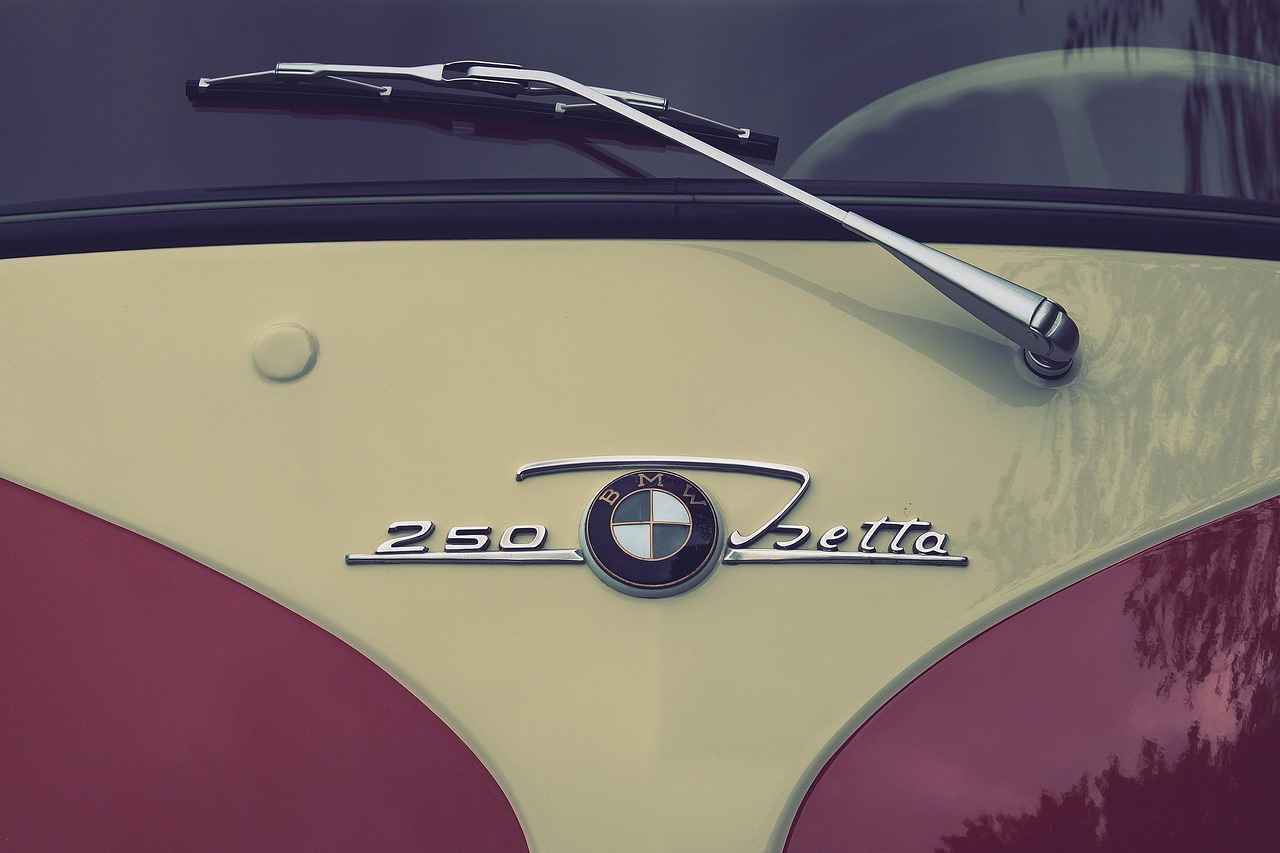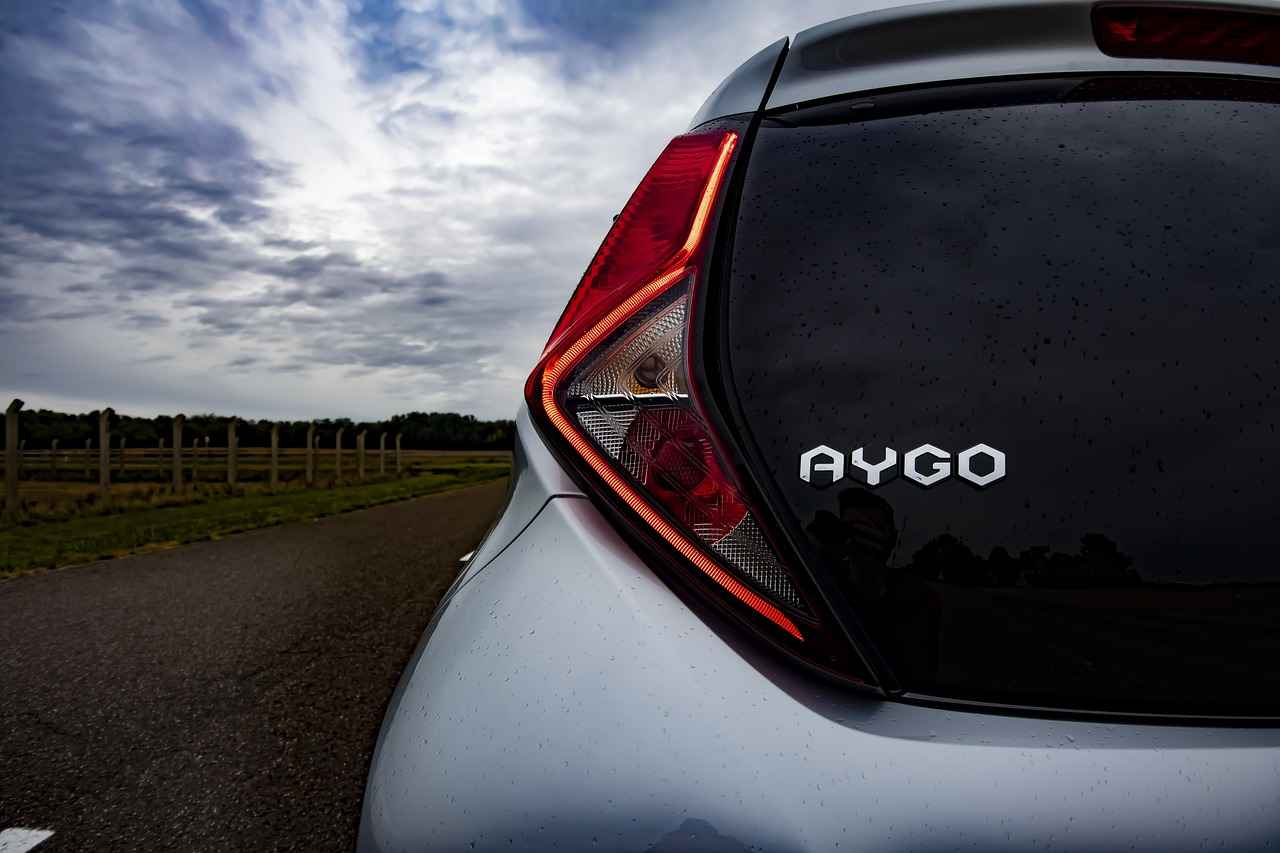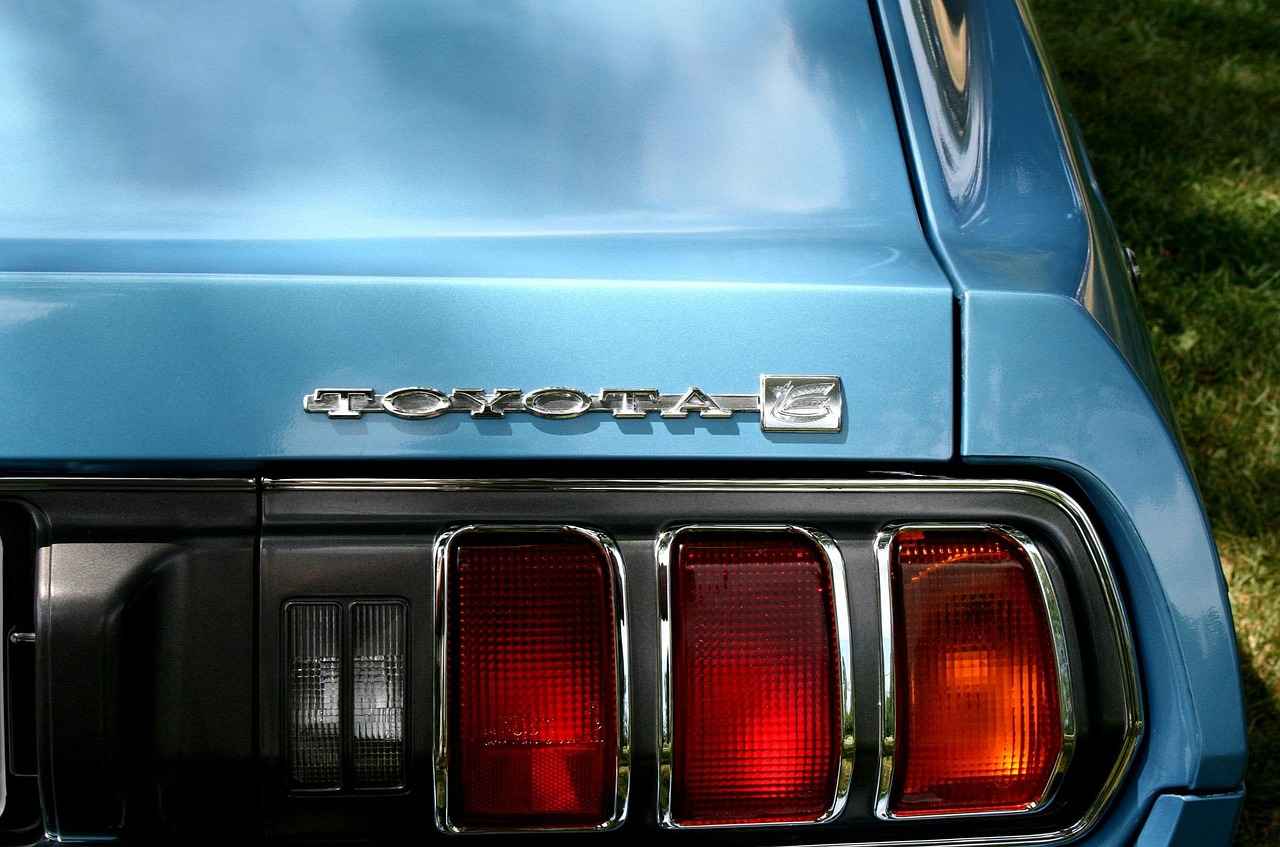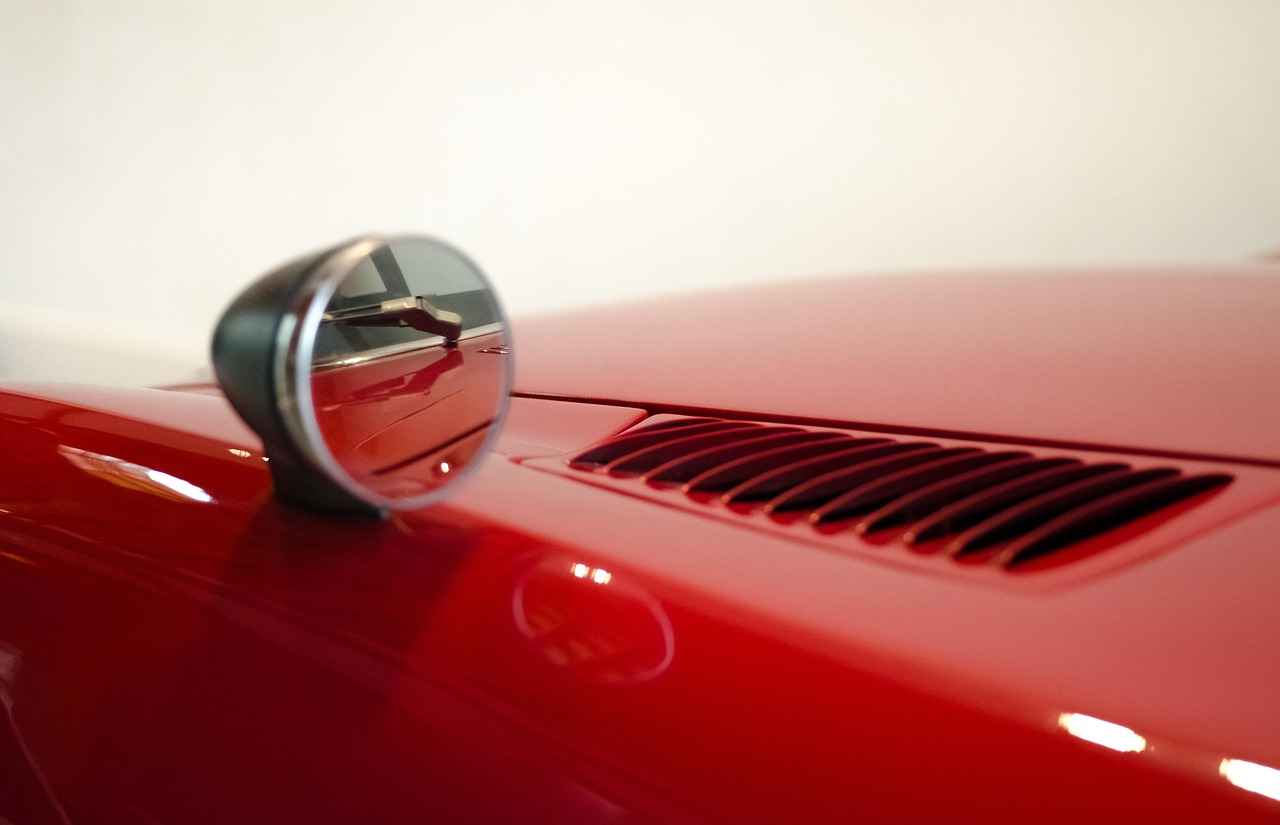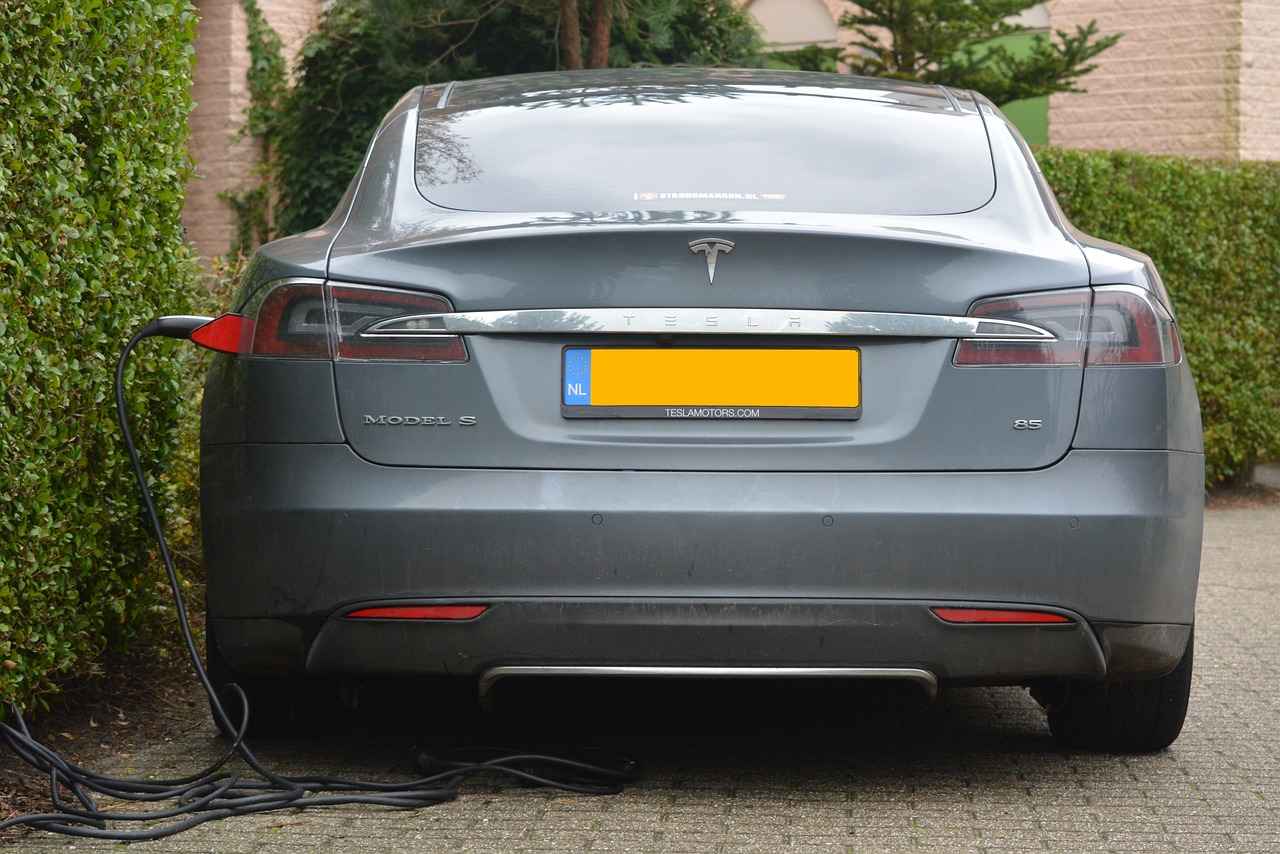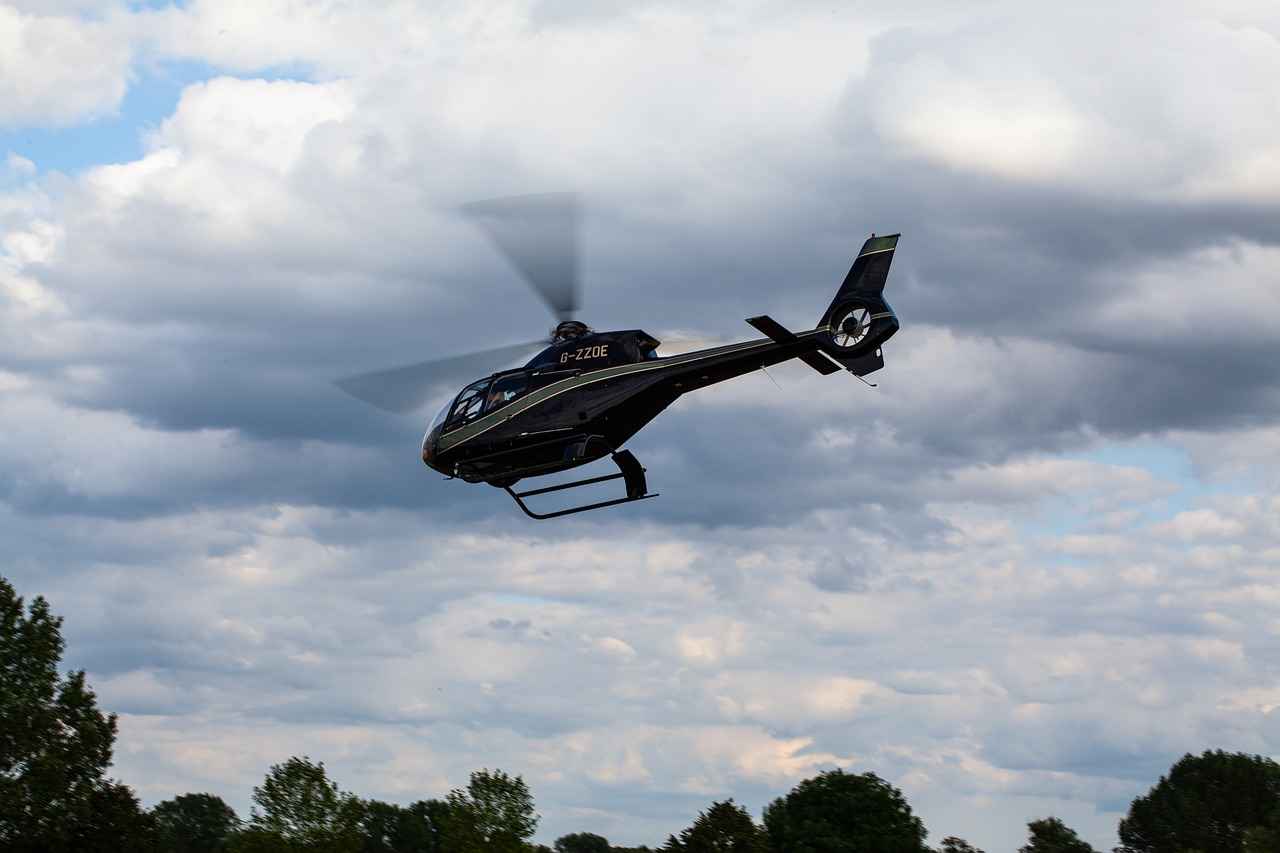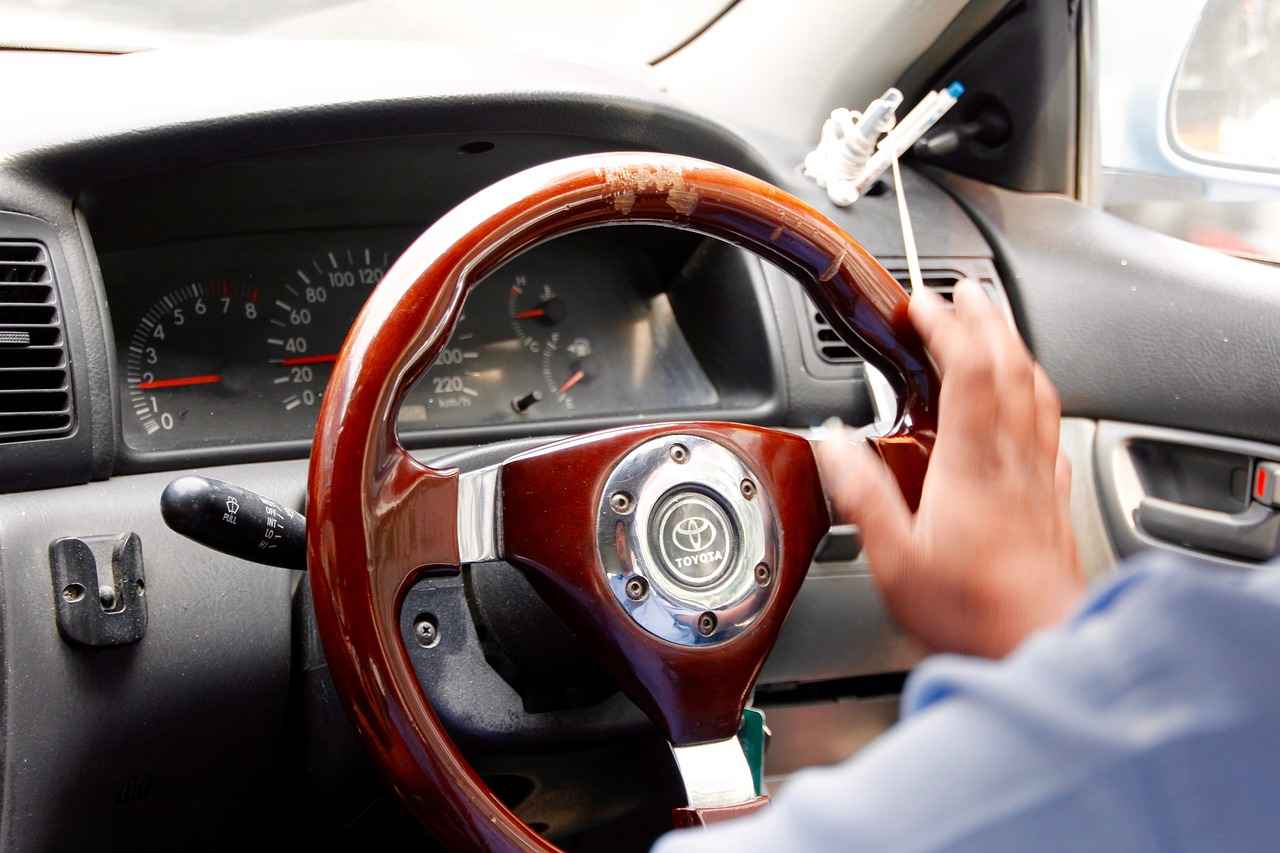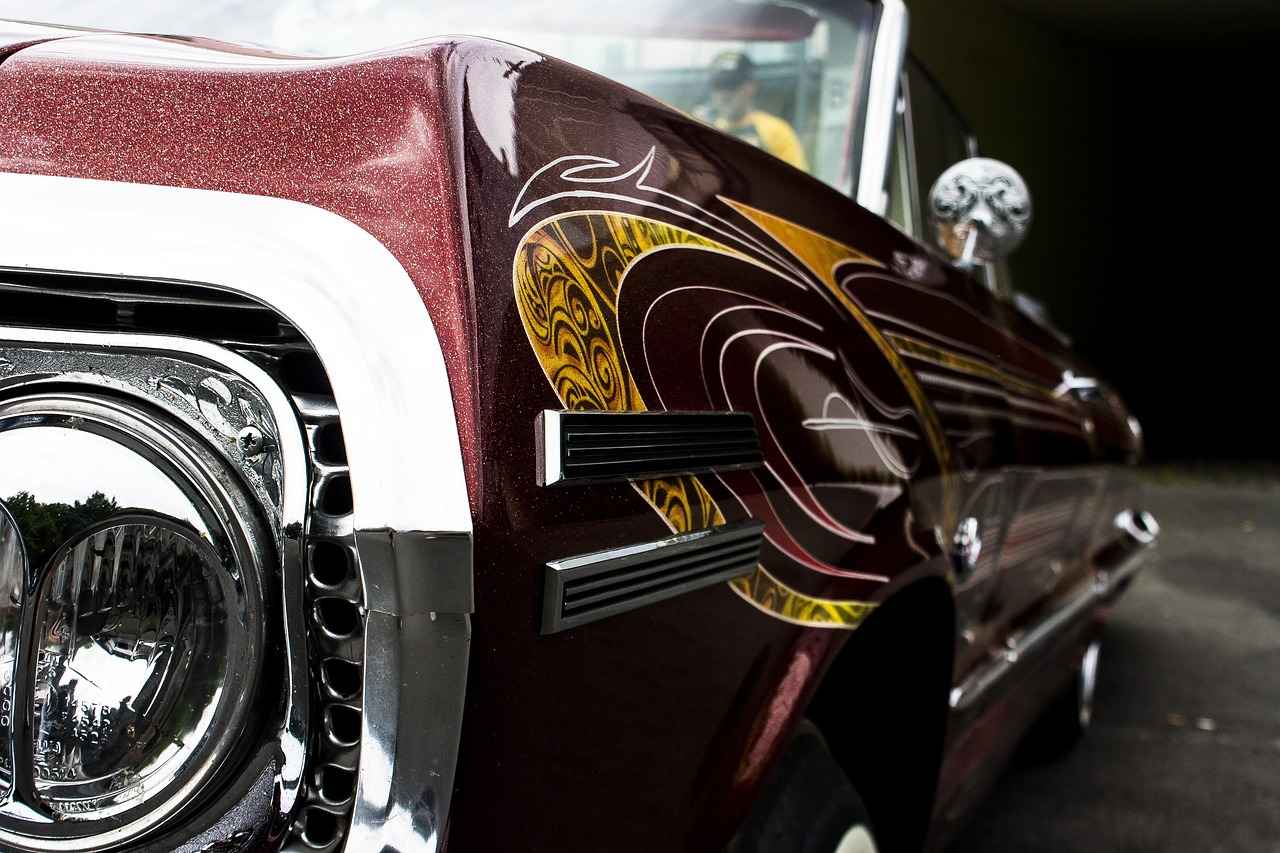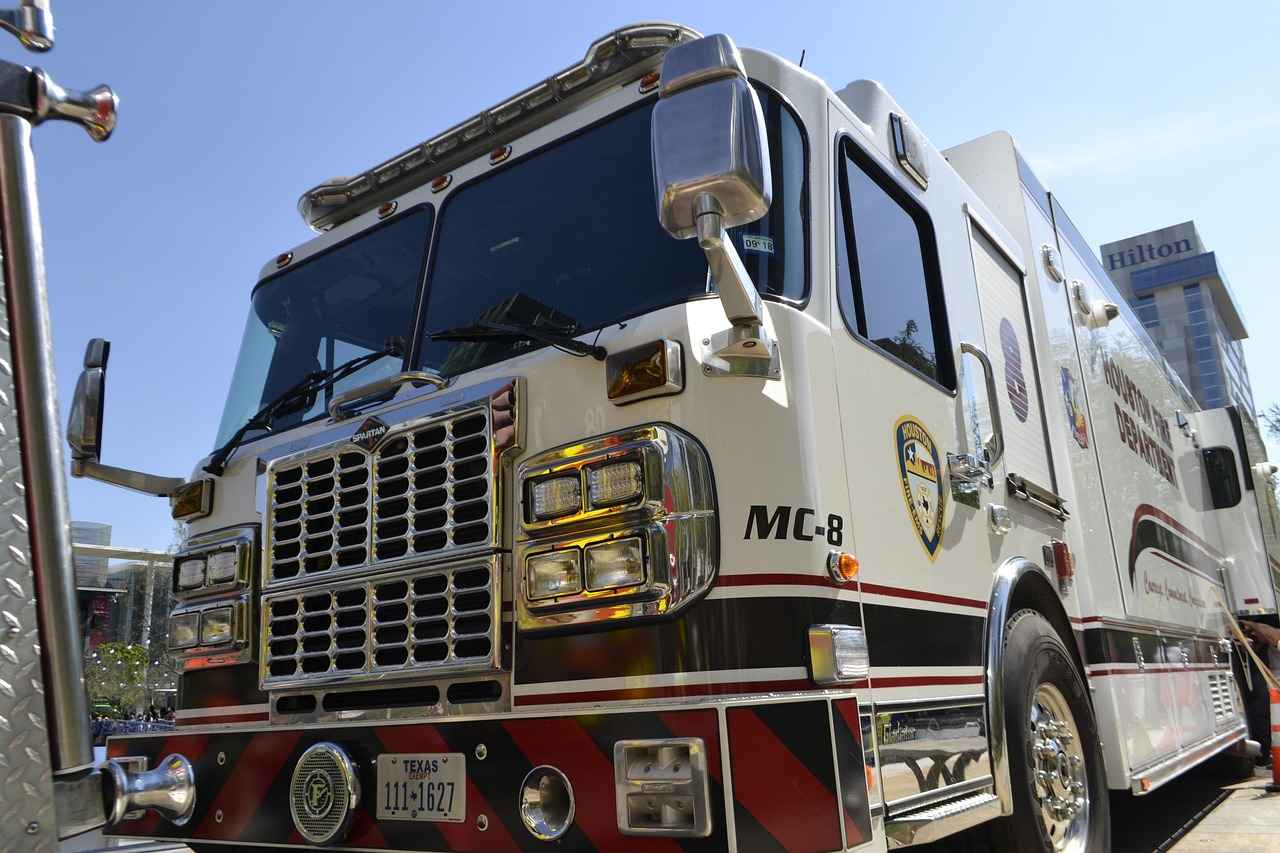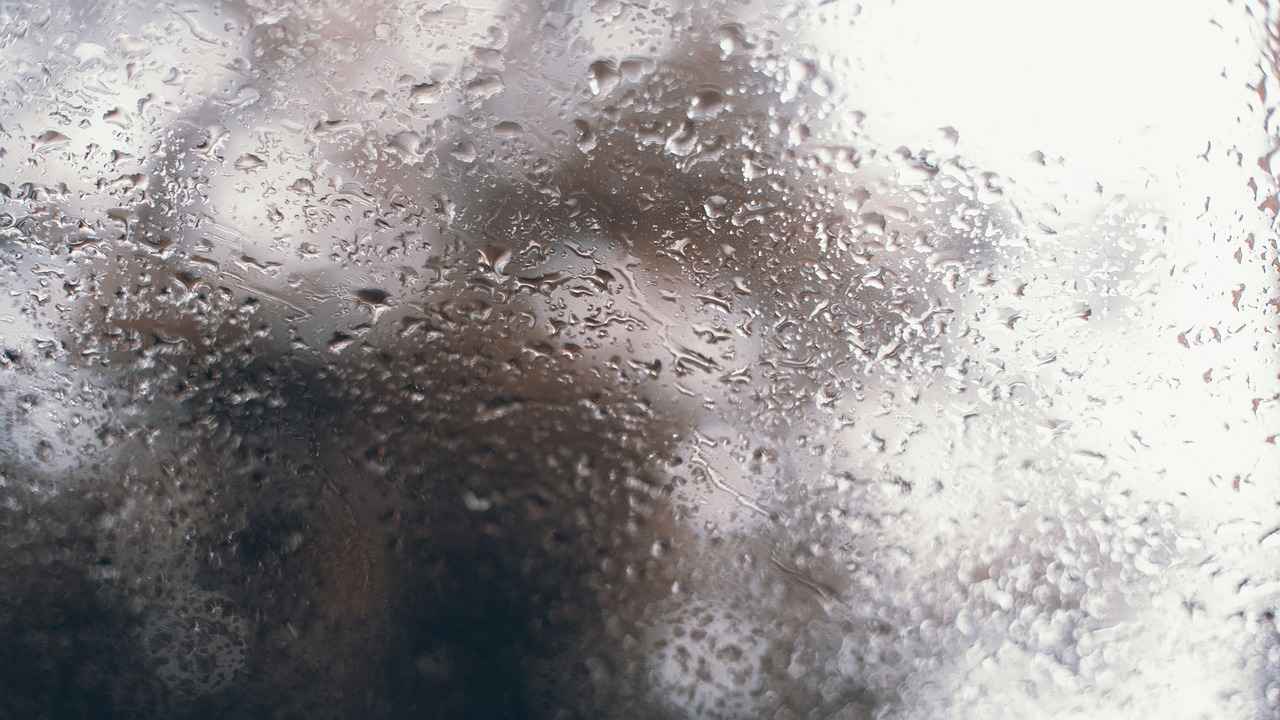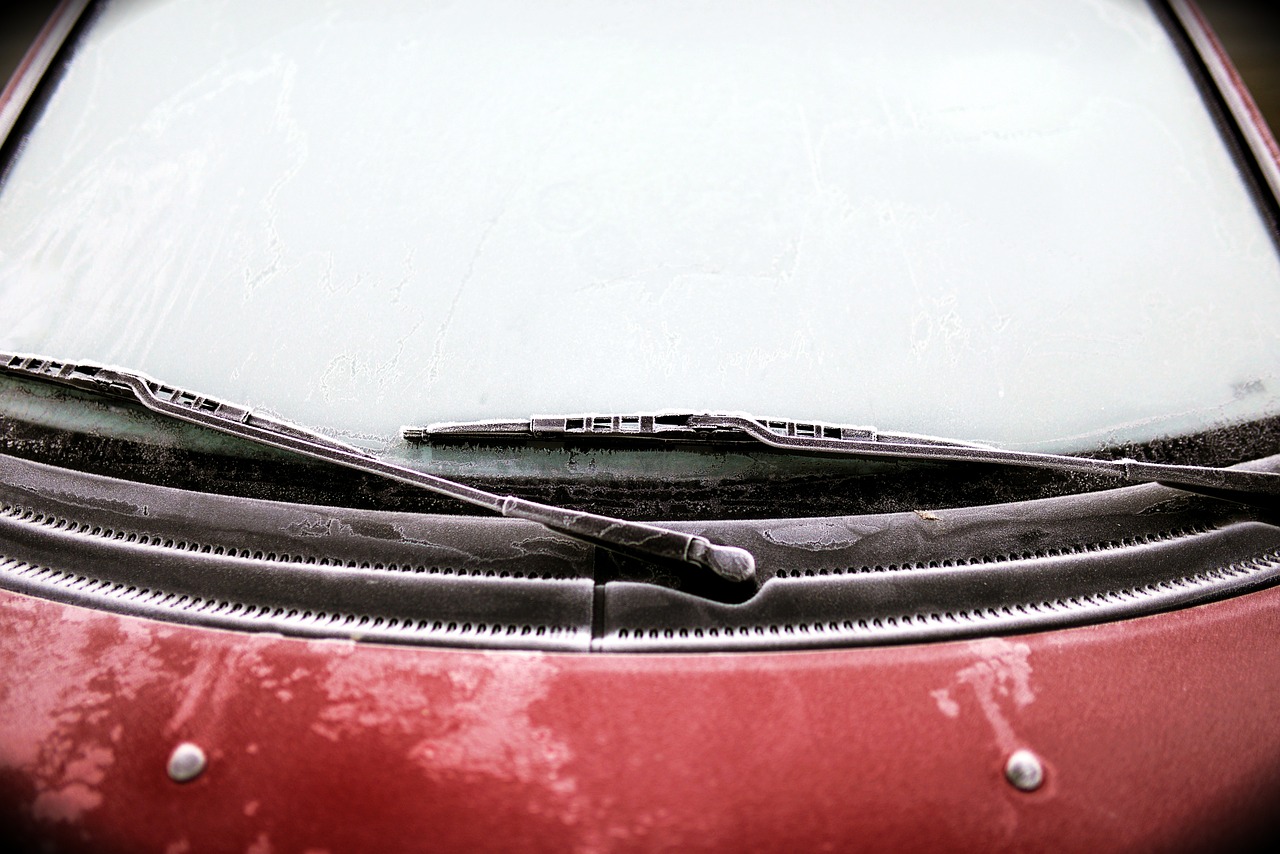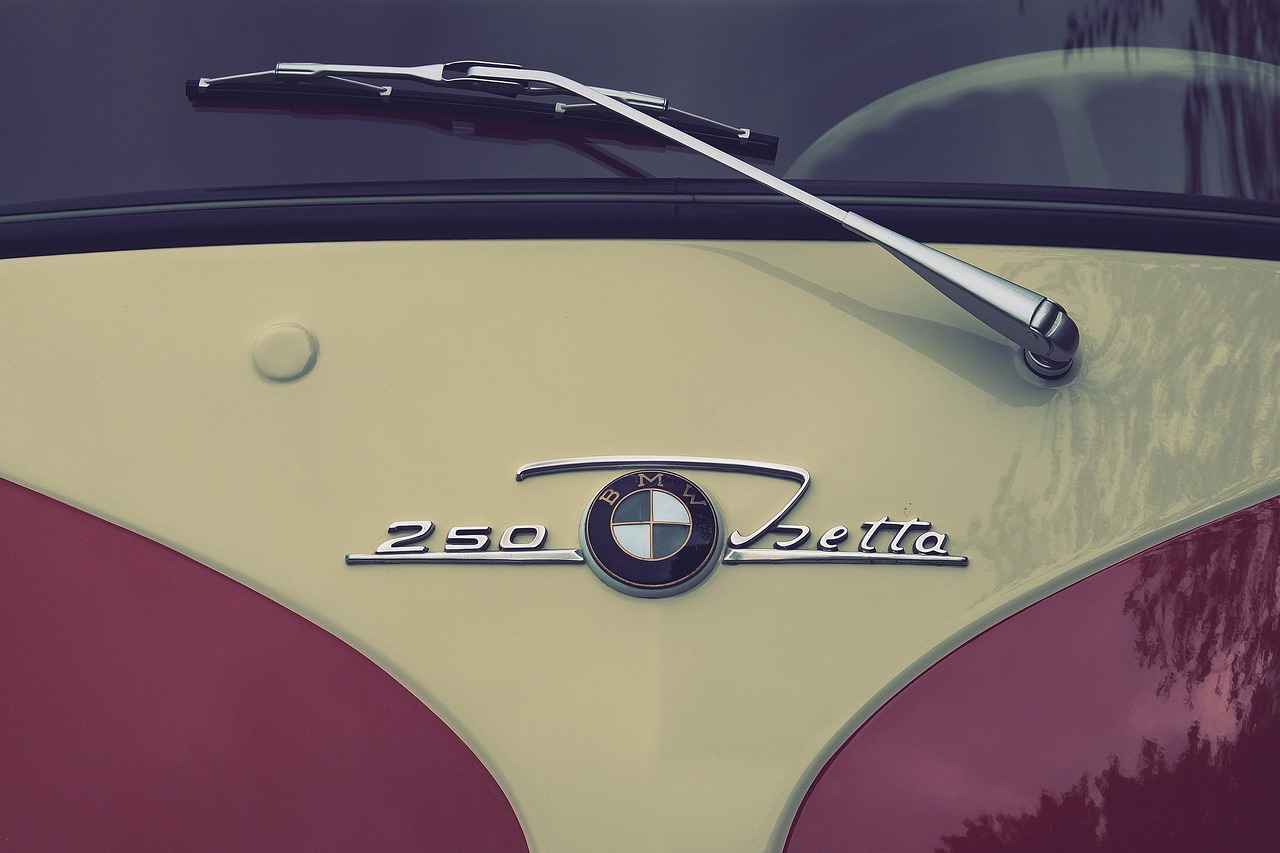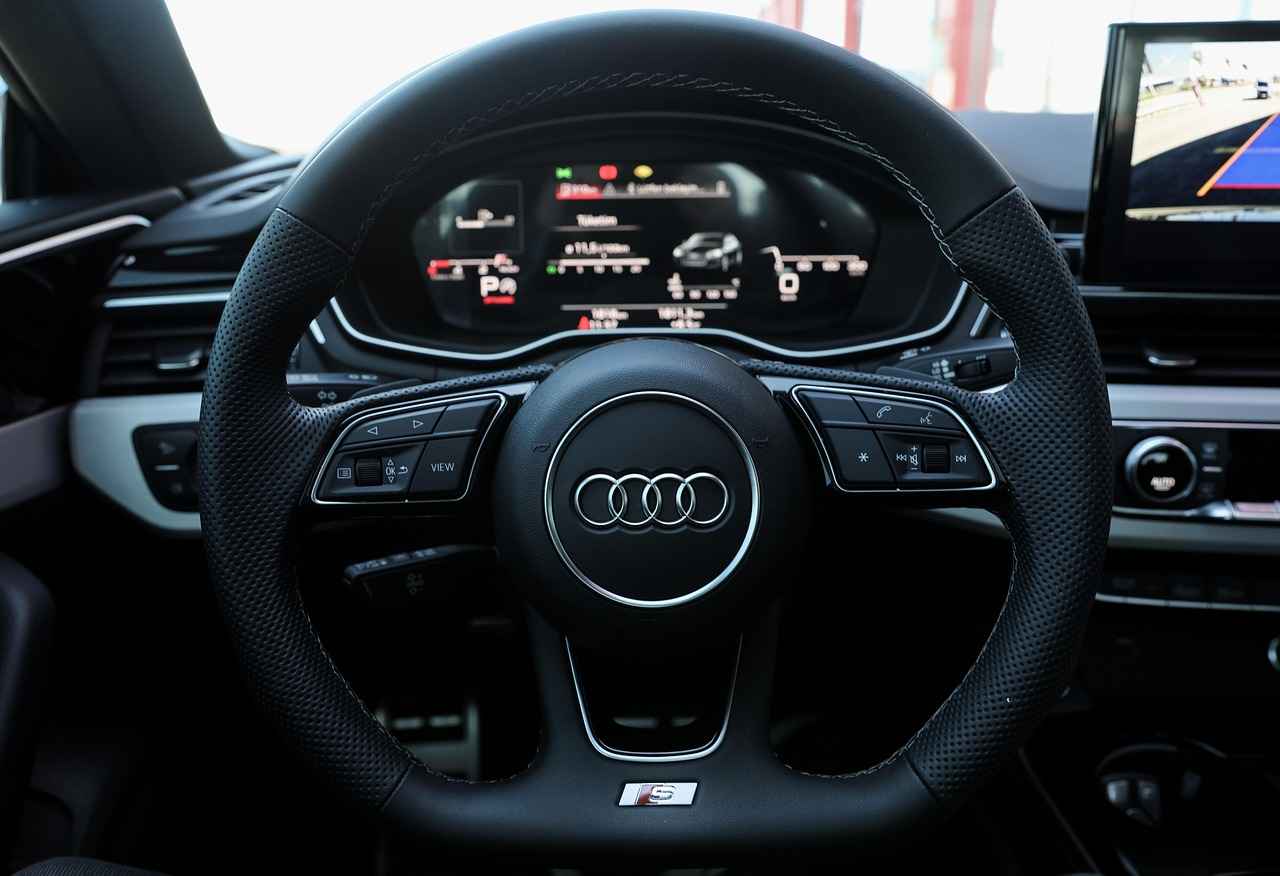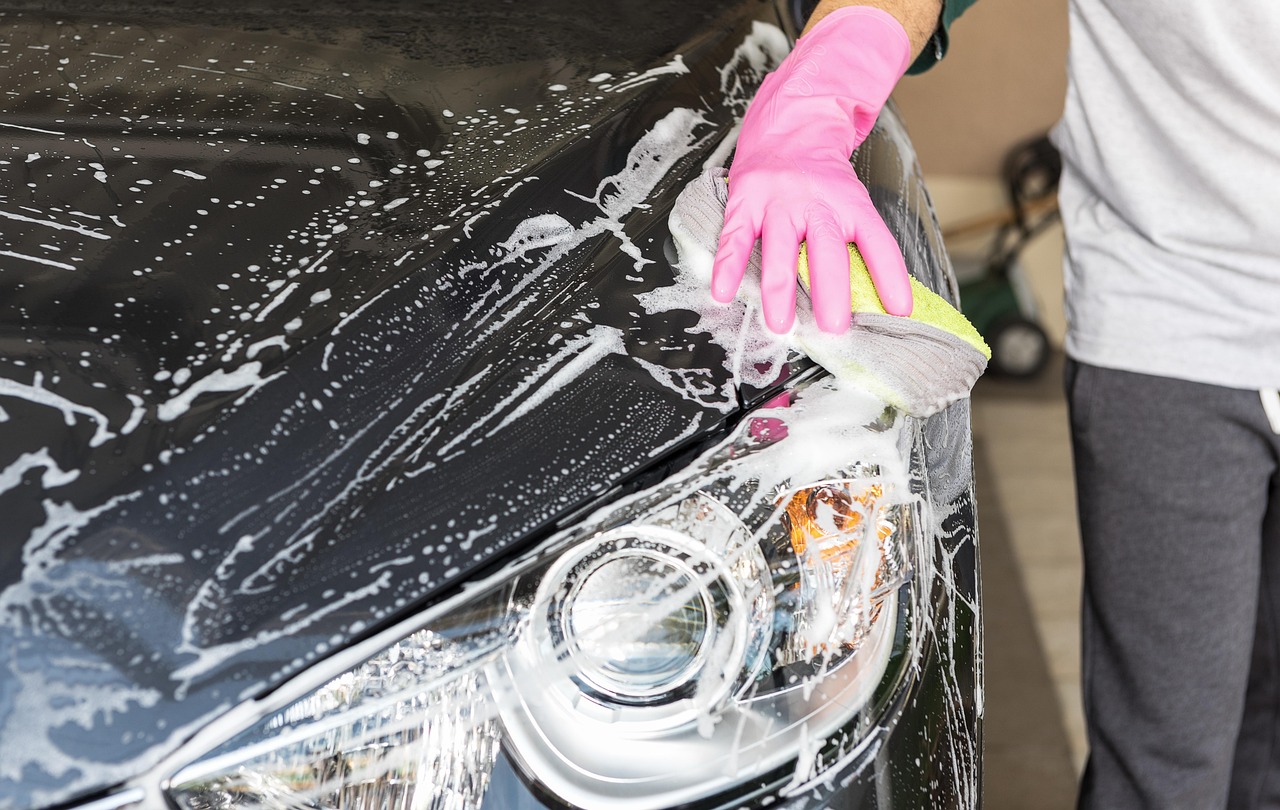Choosing the right windshield wipers for your vehicle is crucial for ensuring safety and performance, especially during adverse weather conditions. This article will delve into the essential factors you should consider when selecting windshield wipers, helping you make an informed decision that enhances your driving experience.
When selecting windshield wipers, it is important to evaluate several key factors, including size, type, and material. These elements play a significant role in the wipers’ effectiveness and longevity.
The size of your wiper blades is critical for achieving optimal visibility. Using incorrect sizes can lead to issues such as streaking or insufficient coverage, both of which can compromise your safety on the road.
To determine the correct size for your wiper blades, use a tape measure to measure the length from the base of the arm to the tip of the blade. Be sure to measure both the driver’s and passenger’s sides, as they may differ in size.
- A tape measure or ruler
- A notepad for recording measurements
Yes, most vehicles have standard sizes for wiper blades, typically ranging from 14 to 28 inches. Always consult your vehicle’s manual for specific dimensions to ensure a proper fit.
Wiper blades come in various types, including conventional, beam, and hybrid models. Each type offers unique benefits tailored to different driving conditions:
- Conventional Wipers: These are standard and often the most affordable option.
- Beam Wipers: These provide a better fit against the windshield, reducing streaking.
- Hybrid Wipers: These combine features of both conventional and beam wipers, offering versatility.
The material of your wiper blades can significantly influence their performance and durability. Common materials include rubber, silicone, and plastic composites.
Rubber wipers are generally more cost-effective but may wear out faster than silicone wipers. Silicone wipers, on the other hand, offer superior durability and perform better in extreme weather conditions.
Hybrid wipers combine the best features of both beam and conventional blades, providing excellent performance in various weather conditions while minimizing wind lift, making them a great choice for many drivers.
Regular maintenance of your windshield wipers is essential for safety. Knowing when to replace them can enhance visibility and ensure safer driving experiences.
Common signs that your wipers need replacement include:
- Streaking: If your wipers leave streaks on the windshield, it may be time for new blades.
- Skipping: If the blades skip across the glass, they may be worn out.
- Squeaking: Noises during operation suggest that the rubber is damaged.
It is generally recommended to replace your wiper blades every six to twelve months, depending on usage and exposure to environmental factors. Regular checks can help ensure that your wipers are functioning effectively.

What Should You Consider When Choosing Windshield Wipers?
Choosing the right windshield wipers is crucial for maintaining visibility and safety while driving, especially during adverse weather conditions. With so many options available, it’s essential to consider several factors that can significantly impact performance. This article delves into the key elements you should evaluate when selecting windshield wipers for your vehicle.
When selecting windshield wipers, you need to focus on three primary factors: size, type, and material. Each of these elements plays a vital role in ensuring optimal performance and longevity of the wipers, particularly during rain, snow, or ice.
The size of your wiper blades directly influences their effectiveness. Using the wrong size can lead to streaking, incomplete coverage, and ultimately, compromised visibility. It is essential to choose wipers that fit your vehicle’s specifications to ensure they cover the entire windshield area.
To determine the correct size for your wiper blades, follow these simple steps:
- Use a tape measure to measure the length from the base of the wiper arm to the tip of the blade.
- Check both the driver and passenger sides, as they may differ in size.
All you need is a simple tape measure or ruler. Make sure to note down the measurements for both sides to avoid confusion.
Yes, most vehicles have standard sizes for wiper blades, typically ranging from 14 to 28 inches. Always consult your vehicle’s manual for specific dimensions to ensure a perfect fit.
There are several types of wiper blades to consider:
- Conventional Wipers: These are the traditional style and are often the most affordable.
- Beam Wipers: These have a sleek design and provide better contact with the windshield, improving performance during heavy rain.
- Hybrid Wipers: Combining features from both beam and conventional blades, they offer versatility and are effective in diverse weather conditions.
The material of the wiper blades can significantly impact their durability and effectiveness. Common materials include:
- Rubber: Cost-effective but may wear out faster.
- Silicone: More durable and performs better in extreme weather conditions.
- Plastic Composites: Often used in hybrid models for enhanced performance.
While rubber wipers are budget-friendly, they may not last as long as silicone wipers. Silicone wipers offer superior durability and resistance to harsh weather, making them a better investment in the long run.
Hybrid wipers combine the advantages of both beam and conventional blades, providing excellent performance across various weather conditions while minimizing wind lift. This makes them a versatile choice for drivers who encounter different climates.
Regular maintenance is essential for ensuring safety while driving. Knowing when to replace your wipers can significantly enhance visibility.
Look out for common signs such as:
- Streaking: Indicates that the rubber is worn out.
- Skipping: Suggests that the blade is not making full contact with the windshield.
- Squeaking: A sign of damaged rubber or dirt buildup.
Generally, it is recommended to replace wiper blades every six to twelve months, depending on usage and exposure to environmental factors. Regular checks can help you maintain optimal visibility and safety on the road.

Why is Wiper Blade Size Important?
When it comes to ensuring a safe and clear view while driving, selecting the right size of windshield wiper blades is paramount. The size of your wiper blades plays a crucial role in their effectiveness, impacting your visibility during rain or snow. Choosing the correct size is not just a matter of convenience; it directly affects your driving safety.
The size of your wiper blades is essential for several reasons:
- Optimal Coverage: Wipers that are too short may leave a portion of your windshield uncleaned, while those that are too long can scrape against the edges of the glass, causing damage.
- Streaking and Smearing: Incorrectly sized blades can lead to streaking, which reduces visibility and can be dangerous during adverse weather conditions.
- Increased Wear: Wipers that are not the right size may wear out more quickly, leading to the need for more frequent replacements.
In essence, the right wiper blade size ensures maximum visibility, allowing you to react swiftly to road conditions and potential hazards.
To find the correct size of your wiper blades, follow these steps:
- Use a tape measure to measure the length of the existing wiper blade from the base of the arm to the tip of the blade.
- Make sure to measure both the driver and passenger side blades, as they can differ in size.
Alternatively, you can consult your vehicle’s manual or check with an automotive retailer for the recommended sizes based on your vehicle model.
Most vehicles come with standard sizes for wiper blades, typically ranging from 14 to 28 inches. However, it’s crucial to verify the specific dimensions for your vehicle to ensure a perfect fit. Using the wrong size can compromise the effectiveness of the wipers, leading to potential safety hazards.
When selecting wiper blades, you’ll find several types available:
- Conventional Blades: These are the traditional style and are commonly used in many vehicles.
- Beam Blades: Designed to provide better contact with the windshield, these blades are more effective in heavy rain.
- Hybrid Blades: Combining features of both conventional and beam blades, these offer versatility and improved performance.
Each type of wiper blade has its own advantages, making it essential to choose one that best suits your driving conditions.
The material used in wiper blades can significantly influence their performance and longevity. Common materials include:
- Rubber: Cost-effective but may wear out faster.
- Silicone: Offers superior durability and performance in extreme weather conditions.
- Plastic Composites: Often used in hybrid blades to enhance flexibility and strength.
Choosing the right material can enhance the lifespan of your wipers and ensure they perform effectively when you need them most.
Regular maintenance is vital for ensuring your wipers function correctly. Signs that indicate it’s time for a replacement include:
- Streaking: If your wipers leave streaks on the windshield, the rubber may be worn out.
- Skipping: If the blades do not make full contact with the glass, they may need replacing.
- Squeaking Noises: Unusual sounds during operation can indicate damage to the blades.
It’s generally recommended to replace wiper blades every six to twelve months, depending on usage and environmental factors.
How to Measure Your Wiper Blade Size?
When it comes to ensuring clear visibility while driving, measuring your wiper blade size accurately is essential. The right size not only enhances performance but also contributes to your overall safety on the road. In this section, we will guide you through the process of measuring your wiper blades effectively and provide tips to ensure you choose the correct size for your vehicle.
To accurately measure your wiper blade size, follow these simple steps:
- Gather Your Tools: You will need a tape measure or a ruler for this task. A flexible tape measure is recommended as it can easily conform to the shape of the wiper blade.
- Position the Wiper Arm: Lift the wiper arm away from the windshield until it is in a vertical position. This allows for better access and visibility when measuring.
- Measure the Blade: Place the tape measure at the base of the wiper arm, where it connects to the vehicle, and extend it to the tip of the blade. Ensure that you measure straight along the blade’s length to get an accurate reading.
- Note the Measurement: Write down the measurement in inches. This number is crucial for selecting the correct replacement wiper blades.
It’s important to remember that many vehicles have different sizes for the driver’s side and passenger’s side wipers. Therefore, repeat the measuring process for both sides to ensure you have the correct dimensions for each blade.
Choosing the correct wiper blade size is vital for several reasons:
- Optimal Coverage: Wiper blades that are too short may leave areas of the windshield uncleaned, while blades that are too long can extend beyond the windshield, causing potential damage.
- Enhanced Visibility: Properly sized blades ensure that rain, snow, and debris are effectively cleared from your view, which is particularly important during adverse weather conditions.
- Reduced Wear and Tear: Incorrectly sized blades can cause unnecessary strain on the wiper motor, leading to premature wear and potential failure.
Most vehicles have standard sizes for wiper blades, typically ranging from 14 to 28 inches. However, it is always advisable to consult your vehicle’s manual or an online database for specific dimensions, as variations exist based on the make and model of the car.
To ensure you get the right size, avoid these common mistakes:
- Not Measuring Both Blades: Always measure both the driver and passenger sides, as they can differ in size.
- Ignoring the Vehicle Manual: Your vehicle’s manual is a reliable source for the correct wiper blade sizes; do not skip this step.
- Forgetting to Check for Wear: If your wiper blades are old and worn, it may be beneficial to replace them even if you haven’t measured them recently.
By following these guidelines, you can ensure that your wiper blades are the correct size, contributing to a safer driving experience. Proper maintenance and timely replacement of wiper blades are crucial for maintaining visibility and safety on the road.
What Tools Do You Need for Measurement?
When it comes to replacing your windshield wipers, accurate measurement is vital to ensure you choose the correct size for optimal performance. Using the right tools can make this process straightforward and efficient.
To measure your wiper blades accurately, you will need a few simple tools. The most essential tool is a tape measure or a ruler. These tools are sufficient for measuring the length of your wiper blades. Here’s how to effectively use them:
- Tape Measure: A flexible tape measure is ideal for measuring wiper blades, as it can easily conform to the shape of the wiper arm.
- Ruler: If you prefer a more rigid tool, a standard ruler can also be used, though it may require more precision in aligning with the blade’s length.
Before you begin measuring, ensure that your vehicle is parked on a level surface. This will help you get an accurate reading. Follow these steps:
1. Lift the wiper arm away from the windshield.2. Position the tape measure or ruler at the base of the wiper arm.3. Measure from the base to the tip of the wiper blade.4. Record the measurement for both the driver and passenger sides, as they may differ.
It’s important to note that some vehicles may have different wiper blade sizes for the driver and passenger sides. Therefore, measuring both blades is crucial to avoid purchasing incorrect sizes that could affect visibility and safety.
Choosing the correct size of wiper blades is essential for ensuring effective visibility during rain or snow. If the blades are too long, they may extend beyond the windshield, causing streaking and reduced coverage. Conversely, if they are too short, they may not adequately clear the entire windshield, leading to dangerous driving conditions.
Moreover, incorrect sizing can lead to premature wear and tear on the wiper blades, necessitating more frequent replacements. This not only increases your maintenance costs but also compromises your vehicle’s safety. Therefore, taking the time to measure accurately can save you money and enhance your driving experience.
Most vehicles come with standard wiper blade sizes, typically ranging from 14 to 28 inches. However, it’s always best to consult your vehicle’s manual for the exact measurements. Some manufacturers may recommend specific brands or types of wiper blades that work best with your vehicle, so keep this in mind when shopping.
In summary, using a tape measure or ruler to measure your wiper blades accurately is a simple yet crucial task in ensuring your safety on the road. By taking the time to measure both the driver and passenger sides, you can make informed decisions when purchasing replacement wipers, ensuring they fit perfectly and perform efficiently.
Are There Standard Sizes for Wiper Blades?
When it comes to ensuring clear visibility during inclement weather, choosing the right windshield wipers is essential. One of the primary considerations is the size of the wiper blades. Understanding the standard sizes available can greatly aid in making an informed decision.
Yes, most vehicles are equipped with wiper blades that adhere to standard sizes, typically ranging from 14 to 28 inches. This range is designed to accommodate a wide variety of vehicles, from compact cars to larger SUVs. However, it is crucial to consult your vehicle’s manual or manufacturer’s specifications to determine the exact size required for your specific make and model.
Here are some key points to consider about wiper blade sizes:
- Driver vs. Passenger Side: It’s important to note that the driver and passenger side wipers may not be the same size. Many vehicles have different lengths for each side, so be sure to measure both.
- Rear Wipers: If your vehicle has a rear windshield wiper, it will also have its own specific size, which is often smaller than the front blades.
- Seasonal Adjustments: Depending on your region’s weather conditions, you may want to consider different sizes or types of blades. For instance, heavier snowfall may require a longer blade for better coverage.
To ensure you purchase the correct size, measuring your existing wiper blades is a straightforward process:
1. Lift the wiper arm away from the windshield.2. Use a tape measure to measure the length from the base of the arm to the tip of the blade.3. Record the measurement in inches.4. Repeat the process for both the driver and passenger sides.
Choosing the correct wiper blade size is crucial for effective visibility. Incorrectly sized blades can lead to several issues:
- Streaking: Wipers that are too short may not cover the entire windshield, leaving streaks that obstruct vision.
- Reduced Coverage: Conversely, blades that are too long may extend beyond the windshield, causing potential damage or reduced performance.
- Safety Risks: Poor visibility during rain or snow can significantly increase the risk of accidents.
A simple tape measure or ruler is sufficient for measuring wiper blades. Ensure that you have good lighting and a clear view of the wiper arm and blade for accurate measurements.
In summary, while most vehicles have standard sizes for wiper blades ranging from 14 to 28 inches, it is vital to measure your specific wipers and consult your vehicle’s manual for the best fit. Taking the time to choose the right size will enhance your driving safety and improve visibility during adverse weather conditions.
What Types of Wiper Blades Are Available?
When it comes to ensuring clear visibility during inclement weather, choosing the right wiper blades is essential. Understanding the various types of wiper blades available can help you make an informed decision that enhances your driving safety. Below, we explore the three main types of wiper blades: conventional, beam, and hybrid models, each designed for specific driving conditions and preferences.
Conventional wiper blades are the traditional type found on many vehicles. They consist of a rubber blade attached to a metal frame, which allows for flexibility and adaptability to the windshield’s curvature. These blades are typically less expensive and easy to replace, making them a popular choice among car owners.
- Pros: Cost-effective, widely available, easy to install.
- Cons: May not perform well in heavy rain or extreme weather, as the metal frame can allow for some flexing.
Beam wiper blades are a more modern design that features a one-piece construction without a frame. This design allows for a closer fit against the windshield, improving contact and reducing streaking. Beam blades are particularly effective in heavy rain and snow, as they are less likely to lift off the windshield due to wind pressure.
- Pros: Superior performance in adverse weather, reduced wind lift, and less streaking.
- Cons: Generally more expensive than conventional blades.
Hybrid wiper blades combine the best features of both conventional and beam designs. They typically have a sleek aerodynamic design that reduces wind lift while maintaining the flexibility of a conventional blade. This makes them suitable for various weather conditions, providing a balance between performance and cost.
- Pros: Excellent performance across different weather conditions, reduced wind lift, and a stylish appearance.
- Cons: May be pricier than standard conventional blades.
When selecting wiper blades, consider your typical driving conditions. If you frequently encounter heavy rain or snow, beam or hybrid blades may be the best options due to their enhanced performance. Conversely, if you drive in milder climates, conventional blades may suffice.
To ensure you purchase the right type of wiper blades, consult your vehicle’s owner manual for specific size recommendations. Additionally, consider factors such as your local weather patterns and personal preferences regarding visibility and performance.
In summary, understanding the differences between conventional, beam, and hybrid wiper blades can significantly impact your driving experience. Each type has its unique advantages, and selecting the right one tailored to your needs will enhance your vehicle’s safety and performance in various weather conditions.

What Materials Are Best for Windshield Wipers?
When it comes to ensuring a clear view while driving, the choice of windshield wiper materials is crucial. The material of the wiper blades can significantly impact their durability and performance. Understanding the different materials available will help you make an informed decision that enhances your vehicle’s functionality in various weather conditions.
Windshield wipers are typically made from three primary materials: rubber, silicone, and plastic composites. Each material has its own set of advantages and disadvantages that can affect performance and longevity.
Rubber is the most common material used in windshield wipers due to its affordability and availability. However, while rubber wipers are cost-effective, they tend to wear out faster, especially in extreme weather conditions. Exposure to UV rays, heat, and moisture can cause rubber to crack and degrade over time, leading to reduced effectiveness. It’s advisable to check rubber wipers regularly for signs of wear, such as streaking or squeaking.
Silicone wipers offer several benefits over their rubber counterparts. They are known for their durability and performance in harsh weather conditions. Silicone blades remain flexible in cold temperatures and resist UV damage, making them last longer than rubber wipers. Additionally, silicone blades tend to provide a smoother wipe, reducing the chances of streaks on your windshield. While they may come at a higher price point, the investment can be worthwhile for those who frequently drive in adverse weather.
Plastic composite wipers combine materials to create a balance between cost and performance. These wipers are designed to offer some of the benefits of both rubber and silicone. They are often more resistant to wear and tear than standard rubber blades but may not match the longevity of silicone. Composite wipers can be a good choice for drivers looking for a middle ground in terms of price and performance.
- Climate: Consider the weather conditions in your area. If you live in an area with extreme temperatures, silicone may be the best option.
- Driving Habits: Frequent long drives or exposure to harsh conditions may warrant a more durable option like silicone.
- Budget: While silicone wipers are superior in performance, they are also more expensive. Weigh your options based on your budget and driving needs.
Regardless of the material, proper maintenance can significantly extend the life of your windshield wipers. Here are some tips:
- Regular Cleaning: Clean the wiper blades with a soft cloth and a mild detergent to remove dirt and debris.
- Inspect Frequently: Regularly check for signs of wear or damage and replace them as needed.
- Use Wipers Properly: Avoid using wipers on dry windshields and ensure they are not frozen to the glass before operation.
By understanding the materials used in windshield wipers and their respective advantages, you can make a more informed decision that enhances your driving safety and comfort.
How Does Rubber Compare to Silicone Wipers?
When it comes to choosing windshield wipers, one of the most critical decisions involves selecting the right material. This choice can significantly impact not only the performance of the wipers but also the overall safety of your driving experience. In this section, we will delve into the differences between rubber and silicone wipers, highlighting their respective advantages and disadvantages.
Rubber wipers are often considered a cost-effective option for many car owners. They are widely available and typically cheaper than their silicone counterparts. However, they come with a few drawbacks that are important to consider:
- Durability: Rubber wipers tend to wear out faster, especially under harsh weather conditions. Exposure to extreme temperatures, UV rays, and moisture can lead to cracking and deterioration.
- Performance: While rubber wipers can provide adequate performance in light rain, they may struggle during heavy downpours or snow. This can result in streaking or reduced visibility.
On the other hand, silicone wipers are designed for superior durability and performance. Here are some key benefits:
- Longevity: Silicone wipers generally last much longer than rubber wipers. They are more resistant to cracking and wear, making them an excellent choice for those living in extreme climates.
- Weather Resistance: Silicone wipers perform exceptionally well in all weather conditions, from heavy rain to snow and ice. They maintain their flexibility and effectiveness, ensuring clear visibility.
- Noise Reduction: Many users report that silicone wipers operate more quietly than rubber wipers, providing a more pleasant driving experience.
Despite the advantages of silicone wipers, it’s essential to consider your specific needs and budget. For instance, if you live in an area with moderate weather conditions and are looking for a budget-friendly option, rubber wipers may suffice. However, if you frequently encounter severe weather or want to invest in long-term safety, silicone wipers are the better choice.
In summary, while rubber wipers offer an economical solution, they may not provide the same level of performance and durability as silicone wipers. Understanding these differences can help you make an informed decision that prioritizes safety and visibility on the road.
What Are the Benefits of Hybrid Wipers?
Hybrid wipers are increasingly popular among car owners due to their unique blend of features that offer enhanced performance and durability. These wipers combine the best aspects of both beam and conventional blades, making them a versatile choice for various weather conditions.
One of the primary benefits of hybrid wipers is their ability to minimize wind lift. Traditional wipers can struggle against strong winds, leading to reduced contact with the windshield. In contrast, hybrid wipers are designed aerodynamically, allowing them to maintain a firm grip on the glass, ensuring a clear line of sight even during heavy rain or high-speed driving.
Visibility is crucial for safe driving. Hybrid wipers feature a rubberized blade that conforms to the windshield’s curvature, providing even pressure across the entire surface. This design helps to eliminate streaks and enhances water removal efficiency, which is essential during sudden downpours. The result is a clearer view of the road, which can significantly improve safety.
Yes, hybrid wipers excel in both rainy and snowy conditions. Their robust construction allows them to handle ice and snow buildup better than traditional wipers. The flexible rubber material resists cracking and deterioration, ensuring longevity even in extreme temperatures. This makes them an ideal choice for drivers in regions with harsh winters or heavy rainfall.
While hybrid wipers may come at a higher initial cost compared to conventional blades, their durability can lead to savings in the long run. With a lifespan that often exceeds that of traditional wipers, hybrid options require less frequent replacement. This not only saves money but also minimizes the hassle of regular maintenance.
Another advantage of hybrid wipers is their user-friendly installation. Most models come with a universal fit design that makes them compatible with a wide range of vehicles. Many manufacturers provide clear instructions, allowing even those with minimal mechanical skills to replace their wipers quickly and efficiently.
- Compatibility: Ensure the wipers are suitable for your vehicle model.
- Material Quality: Look for high-quality rubber or silicone for better performance.
- Warranty: A good warranty can indicate the manufacturer’s confidence in their product.
- Customer Reviews: Reading reviews can provide insights into real-world performance.
In summary, hybrid wipers offer a compelling combination of performance, durability, and ease of use. They stand out as a smart investment for drivers seeking to enhance visibility and safety in all weather conditions. By understanding their benefits and features, you can make an informed decision that ensures your driving experience remains safe and comfortable.
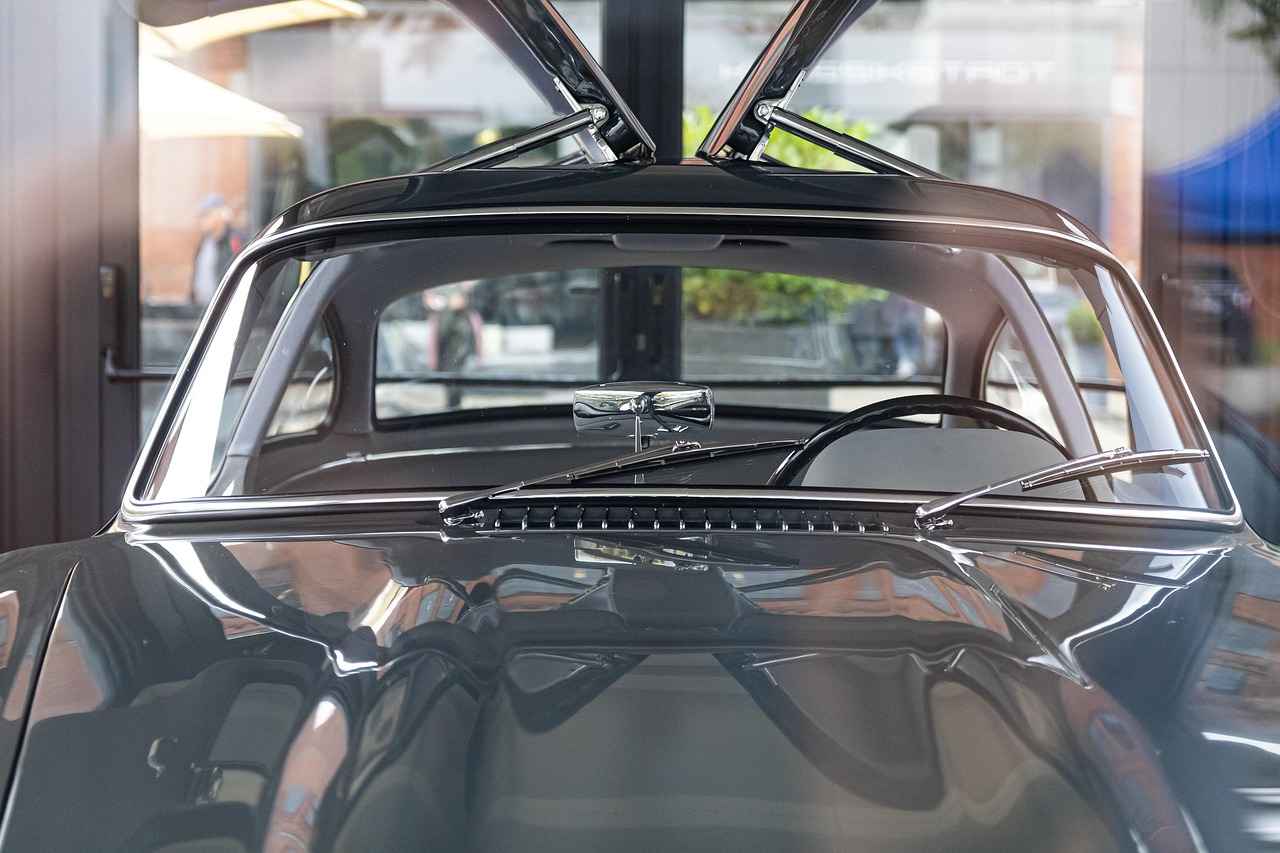
When Should You Replace Your Windshield Wipers?
When it comes to maintaining your vehicle, one aspect that is often overlooked is the condition of your windshield wipers. Regular maintenance is essential; knowing when to replace your wipers can enhance visibility and ensure safety while driving. In this article, we will explore the signs that indicate it’s time for a replacement, how often you should perform this task, and the potential consequences of neglecting worn-out wipers.
There are several clear indicators that your windshield wipers may need to be replaced:
- Streaking: If your wipers are leaving streaks on your windshield, this is a sign that the rubber is worn out and no longer making proper contact with the glass.
- Skipping: Wipers that skip or chatter across the windshield are not functioning properly and may need to be replaced.
- Squeaking Noises: If you hear squeaking sounds when your wipers are in motion, it indicates that the rubber has hardened or cracked.
- Visible Damage: Inspect your wipers for any visible signs of wear, such as tears, cracks, or fraying edges. If you see any of these, it’s time for a replacement.
Generally, it is recommended to replace your wiper blades every six to twelve months, depending on usage and environmental factors. Factors that can affect the lifespan of your wipers include:
- Climate: Extreme temperatures, whether hot or cold, can accelerate wear on wiper blades.
- Exposure to Sunlight: UV rays can cause the rubber to deteriorate faster, leading to cracks and reduced performance.
- Frequency of Use: If you live in an area with frequent rain or snow, your wipers will wear out more quickly than in drier climates.
Replacing your windshield wipers on time is crucial for several reasons:
- Enhanced Visibility: Worn-out wipers can obscure your view, especially during rain or snow, increasing the risk of accidents.
- Increased Safety: Good visibility is essential for safe driving. Effective wipers help you react quickly to potential hazards.
- Cost-Effective: Regularly replacing your wipers can prevent damage to your windshield caused by debris that may not be cleared effectively by worn blades.
In conclusion, keeping track of the condition of your windshield wipers is a small but vital part of vehicle maintenance. By being aware of the signs that indicate a need for replacement and adhering to a regular replacement schedule, you can ensure that your wipers perform optimally. This not only enhances your visibility but also contributes significantly to your overall safety while driving.
What Signs Indicate Wiper Replacement is Needed?
When it comes to ensuring safe driving, windshield wipers play a crucial role in maintaining visibility during adverse weather conditions. However, over time, these essential components can wear out, leading to diminished performance. It’s vital to recognize the signs that indicate your wiper blades need replacement.
As wiper blades age, they may exhibit several telltale signs of wear and tear. Recognizing these signs early can prevent dangerous driving conditions. Here are some common indicators that your wipers may need replacing:
- Streaking: If you notice streaks on your windshield after using the wipers, it suggests that the rubber is no longer making proper contact with the glass. This can lead to reduced visibility, especially during rain.
- Skipping: Wipers that skip or jump across the windshield instead of gliding smoothly indicate that the rubber has become hardened or damaged. This can result in uneven wiping, leaving sections of the windshield uncleaned.
- Squeaking Noises: If your wipers produce a squeaking sound while in operation, it typically means that the rubber is worn out. This noise is a clear sign that the blades are struggling to maintain contact with the windshield.
- Cracks or Tears: Visually inspecting your wiper blades is essential. Look for any visible cracks, tears, or missing chunks of rubber. Damaged blades will not perform effectively and should be replaced immediately.
- Reduced Effectiveness in Heavy Rain: If you find that your wipers are not clearing the rain as effectively as they used to, it may be time for a replacement. Poor performance during heavy rain can significantly impair your visibility and increase the risk of accidents.
Regular maintenance is key to ensuring your windshield wipers function optimally. It’s advisable to inspect your wiper blades at least twice a year, ideally at the start of the rainy season and before winter. This proactive approach can help you catch any issues before they become a safety hazard.
The lifespan of windshield wipers can be influenced by several factors:
- Climate: Extreme weather conditions, such as intense sun exposure or freezing temperatures, can accelerate the wear and tear of wiper blades.
- Usage: Frequent use of wipers, especially in heavy rain or snow, can lead to quicker degradation.
- Quality of Blades: Higher-quality wiper blades tend to last longer than cheaper alternatives. Investing in durable materials can enhance performance and longevity.
Once you’ve identified the need for new wiper blades, it’s important to choose the right replacements. Always refer to your vehicle’s manual for the correct size and type. Consider factors such as the material (rubber vs. silicone) and design (beam vs. conventional) to ensure optimal performance in your driving conditions.
In conclusion, keeping an eye on the signs of worn wiper blades is essential for safe driving. By being proactive about maintenance and replacement, you can enhance your visibility and ensure a safer driving experience, regardless of the weather.
How Often Should You Replace Your Wiper Blades?
When it comes to ensuring clear visibility while driving, wiper blades play a crucial role. Over time, these essential components wear out due to various factors, including weather conditions and usage frequency. Therefore, it’s important to understand how often you should replace your wiper blades to maintain optimal performance and safety on the road.
Generally, it is recommended to replace wiper blades every six to twelve months. However, this timeframe can vary significantly based on several factors:
- Usage Frequency: If you frequently drive in rainy or snowy conditions, your wiper blades may wear out more quickly.
- Environmental Factors: Exposure to harsh sunlight, extreme temperatures, or road salt can accelerate the deterioration of the rubber.
- Quality of Blades: Higher-quality wiper blades, such as those made from silicone, may last longer than standard rubber blades.
Being proactive in checking your wiper blades can prevent hazardous driving situations. Here are some common signs that indicate it’s time for a replacement:
- Streaking: If your windshield is left with streaks after using the wipers, the rubber may be worn or damaged.
- Skipping: Wipers that skip across the glass instead of gliding smoothly often indicate that the blade is no longer making proper contact.
- Squeaking Noises: Unusual sounds during operation can suggest that the rubber is hardening or losing its effectiveness.
Different seasons can impact the performance of your wiper blades. For instance:
- Winter: Snow and ice can create additional strain on wiper blades, making it essential to check them before the winter season.
- Summer: The intense heat can cause rubber to degrade faster, so regular checks are advisable.
To maximize the lifespan of your wiper blades, consider the following tips:
- Clean Your Windshield: Regularly cleaning your windshield can prevent debris from scratching the blades.
- Lift Blades in Winter: If snow is expected, lift your wiper blades off the windshield to prevent them from freezing to the glass.
- Use Quality Products: Invest in high-quality wiper blades that are designed for your specific vehicle and climate conditions.
In summary, while the general recommendation is to replace your wiper blades every six to twelve months, factors such as usage, environmental conditions, and blade quality can influence this timeline. Regularly inspecting your wiper blades for signs of wear and being mindful of seasonal changes will help maintain your vehicle’s visibility and safety. By staying informed and taking proactive measures, you can ensure that your wipers perform effectively when you need them the most.
Frequently Asked Questions
- How do I know which size wiper blades to buy?
To find the right size, measure the length of your current wiper blades from the base of the arm to the tip of the blade. Remember, sizes can differ between the driver and passenger sides, so double-check both!
- What type of wiper blades are best for my car?
It really depends on your driving conditions! Conventional wipers are great for everyday use, while beam wipers excel in heavy rain or snow. Hybrid wipers offer the best of both worlds, so consider your needs when choosing!
- When should I replace my windshield wipers?
Keep an eye on your wipers! If you notice streaking, skipping, or hear squeaking noises, it’s time for a replacement. Generally, it’s smart to change them every six to twelve months.
- Are silicone wipers worth the extra cost?
Absolutely! While silicone wipers may cost a bit more upfront, they last longer and perform better in extreme weather. Think of them as an investment in your safety and visibility on the road!
- What materials are wiper blades made from?
Wiper blades are typically made from rubber, silicone, or a blend of materials. Rubber is common and budget-friendly, while silicone offers enhanced durability and performance in harsh conditions.

